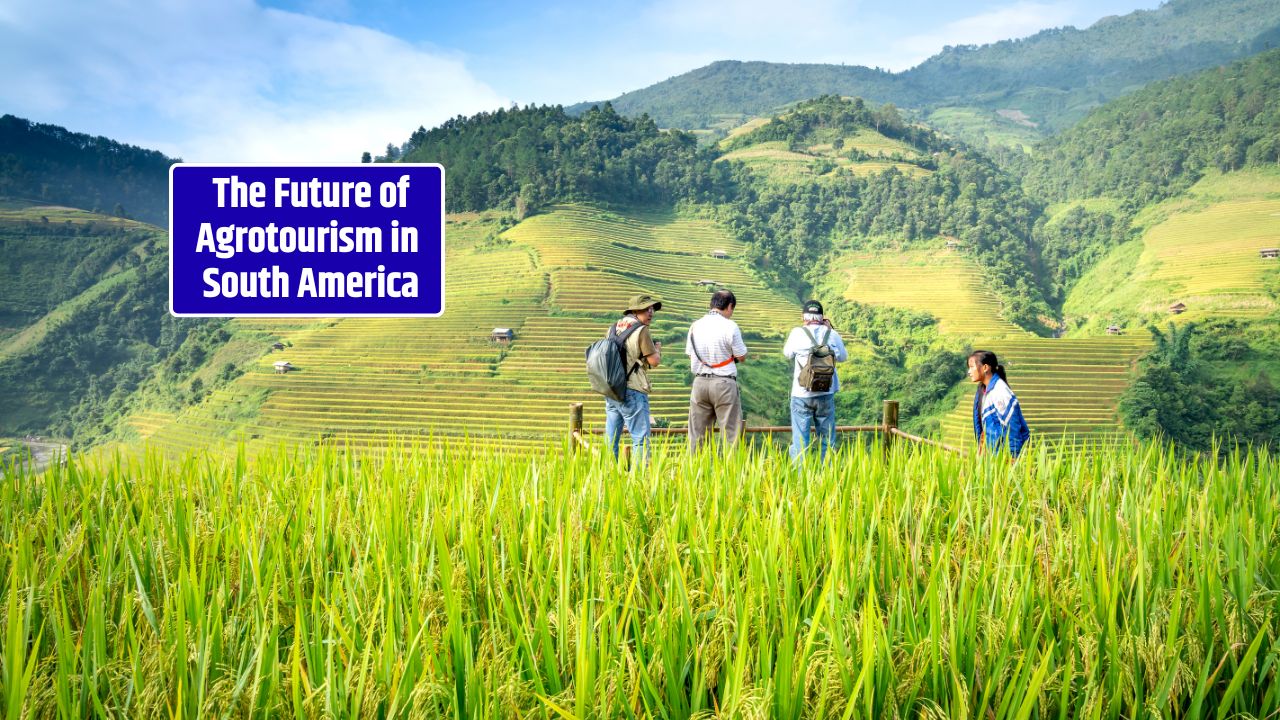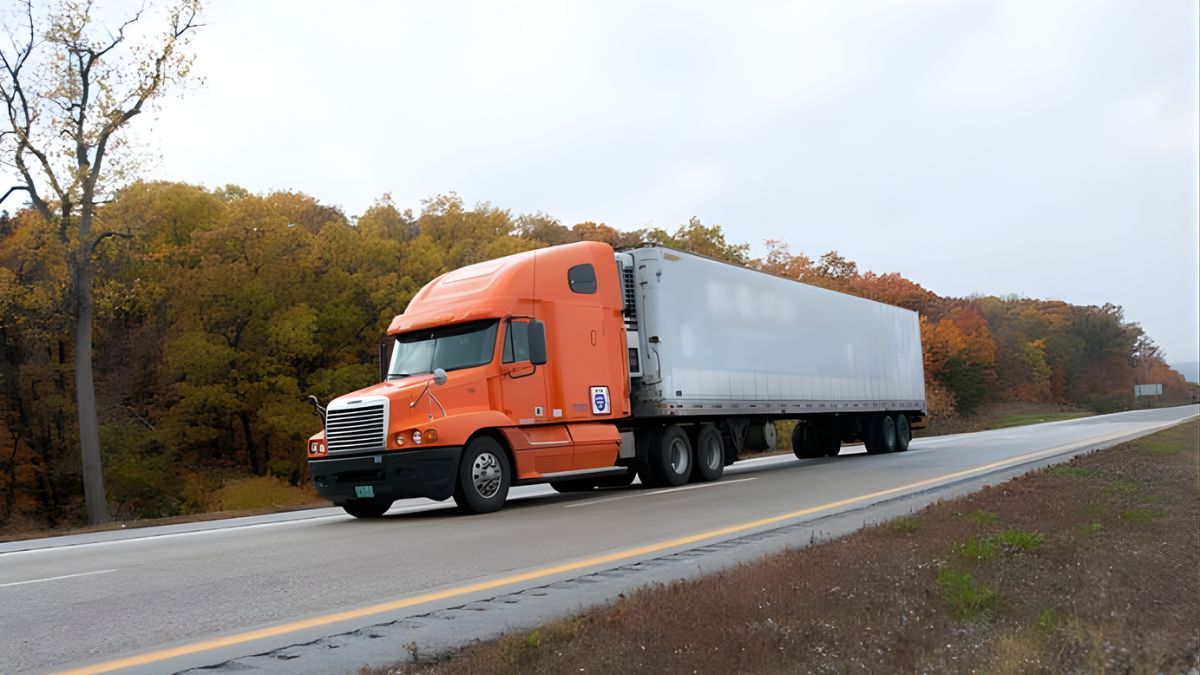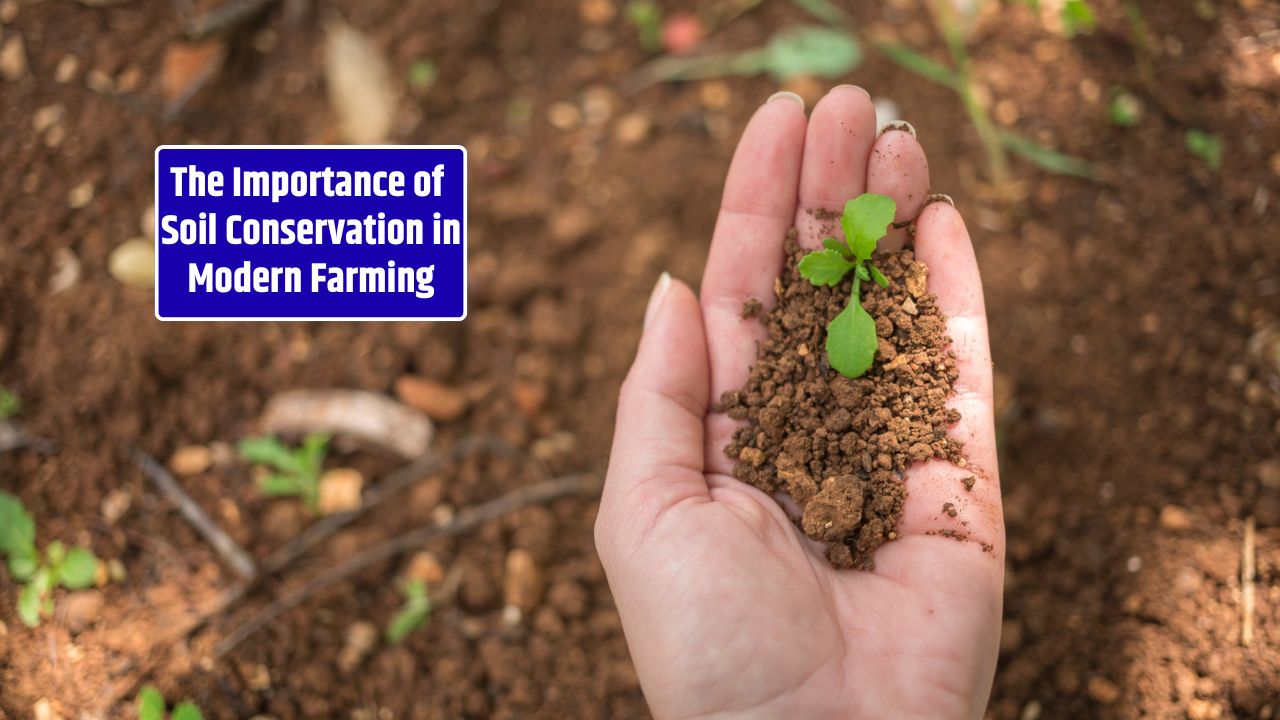If you’ve ever watched the sunrise from a coffee farm in Colombia or wandered through the soy fields of Mato Grosso, you already know: South America’s agricultural landscapes aren’t just productive—they’re breathtaking. For decades, the continent’s farms fed the world. Now, they’re beginning to feed something else: curiosity. Welcome to the new frontier of agrotourism—where travelers come not just to see the land, but to understand it.
Across Brazil, Argentina, Chile, and beyond, farmers, winemakers, and cooperatives are turning their fields into destinations. It’s a movement blending business, education, and conservation—and it’s redefining how rural South America connects to the global traveler.
From Farm Work to Farm Experience
Agrotourism isn’t a new idea, but in South America, it’s finally finding its moment. Rising global demand for sustainable travel and “authentic experiences” has turned working farms into living classrooms.
Visitors aren’t just snapping photos—they’re milking cows, harvesting grapes, roasting coffee, or planting native trees. It’s hands-on, real, and often deeply moving.
In southern Brazil, for example, family-run properties in Rio Grande do Sul’s Serra Gaúcha region invite travelers to pick grapes, make wine, and share homemade pasta dinners. In Argentina, estancias in Patagonia and Córdoba mix horseback riding with lessons in regenerative ranching. And in Peru’s Sacred Valley, tourists learn about traditional Inca terracing and organic quinoa farming.
It’s not tourism built on spectacle—it’s tourism built on connection.
Brazil: The Sleeping Giant of Agrotourism
Brazil has long been known for its mega-farms and export commodities. But beneath that industrial scale lies a network of small and mid-sized rural producers ready to embrace visitors.
In Mato Grosso, frontier towns like Confresa and Querência are experimenting with eco- and agrotourism hybrids. Local ranches host visitors for weekend stays, combining horseback rides, fishing, and tours of sustainable soybean farms. The Ministry of Tourism and the Ministry of Agriculture have begun offering technical assistance for rural hospitality ventures through the Programa Nacional de Turismo Rural.
Further south, in Minas Gerais, agrotourism ties closely to Brazil’s culinary heritage. Coffee estates near São Lourenço, cheese producers in Serra da Canastra, and cachaça distilleries in Salinas are welcoming travelers eager to taste the countryside. According to the Brazilian Institute of Geography and Statistics (IBGE), rural tourism in Minas has grown nearly 40% in the past five years, largely driven by domestic visitors.
The opportunity is massive: Brazil already has the land, the food culture, and the natural diversity. What it needs now is infrastructure and marketing to match.
Argentina and Chile: Wine and Beyond
Argentina’s Mendoza Valley and Chile’s Colchagua are the continent’s most mature examples of agrotourism done right. Their wineries have turned vineyards into destination resorts—complete with tastings, boutique hotels, and cycling routes through rows of vines.
But both countries are expanding beyond wine. In Argentina’s Tucumán and Salta regions, travelers are visiting lemon farms and artisanal sugar mills. Chile’s Llanquihue province, famous for dairy, now offers “farm-to-table” experiences and educational tours on pasture management and cheese making.
What sets these regions apart is organization. Cooperatives, local governments, and hospitality schools have worked together to build cohesive tourism ecosystems that balance authenticity with comfort.
The Rise of Experience-Based Rural Travel
Globally, post-pandemic travelers are craving open spaces and meaningful encounters. According to the UN World Tourism Organization (UNWTO), rural tourism grew 15% faster than urban tourism between 2021 and 2024. South America, with its mix of biodiversity, cultural heritage, and working landscapes, fits perfectly into that trend.
The modern agrotourist isn’t coming for five-star amenities—they’re coming for story, sustainability, and participation. They want to see how yerba mate is harvested in Paraguay, how alpaca wool is processed in Bolivia, or how smallholders in Colombia are adopting agroforestry to restore degraded lands.
| Country | Agrotourism Hotspot | Main Experiences |
|---|---|---|
| Brazil | Minas Gerais, Mato Grosso, Santa Catarina | Coffee, cattle, eco-ranching |
| Argentina | Mendoza, Córdoba, Salta | Wine, citrus, regenerative ranching |
| Chile | Colchagua, Llanquihue, Maule | Vineyards, dairy, organic farms |
| Peru | Sacred Valley, Arequipa | Inca agriculture, quinoa, agri-education |
| Colombia | Eje Cafetero, Boyacá | Coffee tours, biodiversity trails |
Challenges on the Ground
Despite its promise, agrotourism in South America faces serious obstacles—starting with infrastructure. Many rural regions still struggle with rough roads, limited internet, and unreliable transport links. That can make it hard for travelers (and investors) to reach promising destinations.
Another issue is training. Not every farmer wants—or knows how—to host visitors. Developing hospitality skills, safety standards, and multilingual marketing takes time and money.
Then there’s the balancing act between authenticity and commercialization. The charm of agrotourism lies in its simplicity, but as demand grows, there’s a risk of turning farms into theme parks. The best models—like those in Chile and southern Brazil—avoid that by letting locals lead, keeping tourism secondary to production and sustainability.
Technology’s Quiet Revolution
Digital tools are helping small farms leapfrog traditional barriers. Platforms like Airbnb Experiences and Brazil’s Viva o Campo connect visitors directly with rural hosts. Satellite internet programs, such as Starlink’s rural rollout, are transforming connectivity in isolated valleys from Mato Grosso to Patagonia.
Farmers now promote their tours on Instagram, track weather and visitor data via apps, and even sell artisanal goods online to guests after they return home. That “digital aftertaste” keeps relationships—and revenue—alive long after a visit.
Sustainability: The Non-Negotiable
If there’s one theme uniting the continent’s agrotourism future, it’s sustainability. Travelers increasingly want to support operations that protect ecosystems, empower locals, and educate rather than exploit.
In Brazil’s Araguaia corridor, ranchers are reforesting riparian zones to attract eco-visitors and earn carbon credits. In Colombia’s coffee triangle, organic farms double as biodiversity reserves. And in Chile’s Lake District, agro-lodges use solar power and composting systems as part of their pitch.
The most successful ventures will be those that make sustainability visible and participatory—inviting guests to plant trees, save seeds, or learn traditional crafts.
Looking Ahead: The Next Decade of Rural Travel
By 2035, analysts at the Inter-American Development Bank (IDB) predict rural and nature-based tourism could generate over US$20 billion annually in Latin America. Brazil, Argentina, and Chile will likely lead the charge, but smaller nations like Paraguay, Uruguay, and Ecuador are catching up fast.
The key will be coordination: linking ministries of tourism, agriculture, and environment to create clear policies and incentives. For communities, agrotourism offers more than income—it’s a way to preserve identity and pride in a rapidly urbanizing world.
In a sense, the continent’s farms are becoming its classrooms—teaching both visitors and locals that prosperity and preservation can grow side by side.
As one farmer in southern Brazil told me, “We used to export coffee. Now, we export stories.”
Agrotourism Snapshot
| Metric | Current Status (2024) | Projection (2035) |
|---|---|---|
| Annual Rural Tourism Growth | +12% | +15–18% |
| Key Revenue Streams | Farm stays, gastronomy, eco-education | Carbon-neutral lodges, agro-learning centers |
| Main Visitor Origin | Domestic & EU markets | Asia, North America |
| Digital Connectivity in Rural Areas | 65% coverage (avg.) | 90% projected |
FAQs:
What exactly is agrotourism?
It’s tourism centered on rural life—visitors stay on farms, learn local production methods, and participate in agricultural or ecological activities.
Which South American countries lead in agrotourism?
Brazil, Argentina, and Chile currently lead, with Peru and Colombia gaining traction.
Why is agrotourism growing now?
Because travelers want authentic, sustainable, and educational experiences post-pandemic.

















